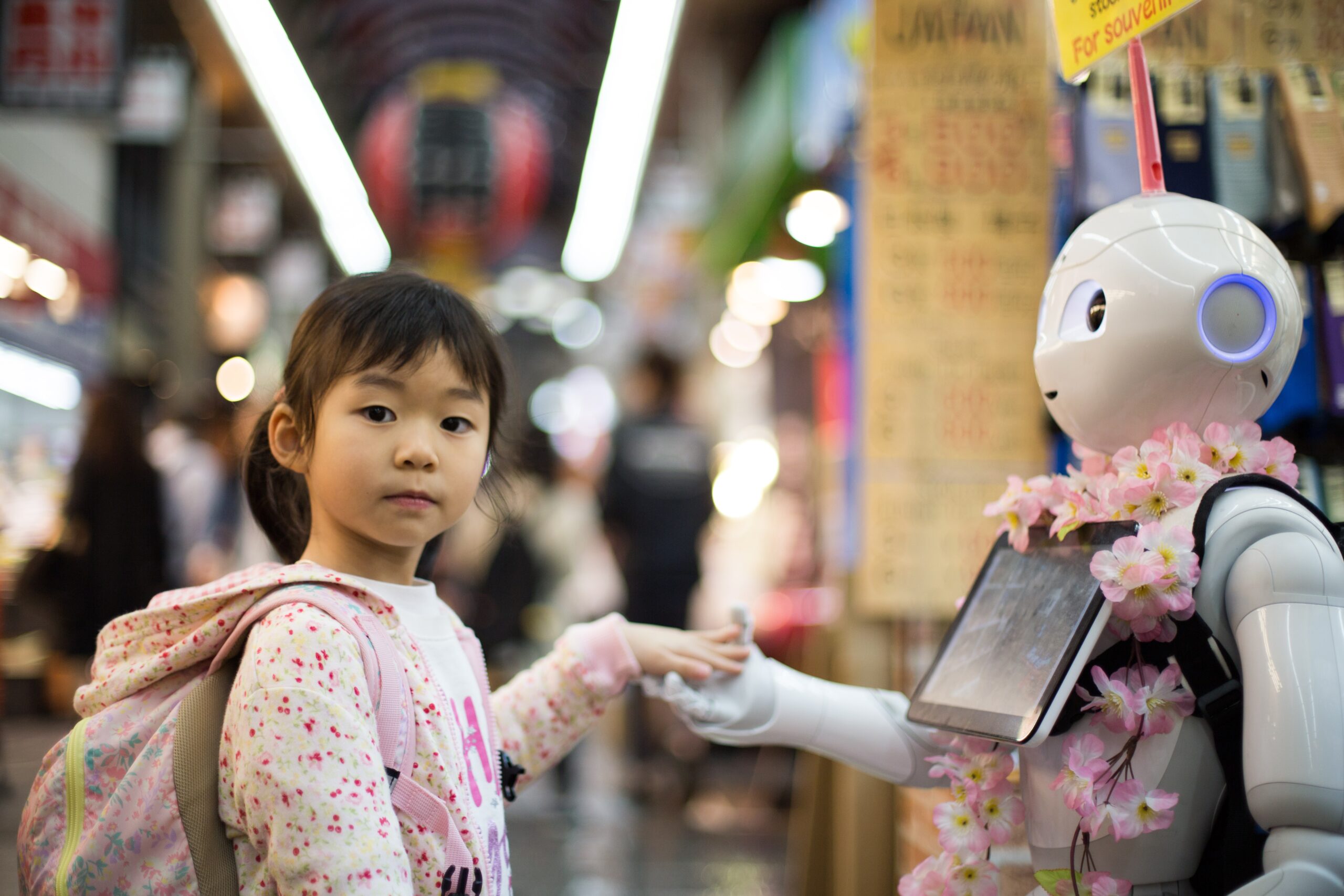Language translation is important in today’s globalized world as more and more people from diverse language groups seek to communicate, particularly about their consumption habits and their desire to purchase products outside their local area. Businesses need to communicate freely with their potential customers so they can grow their revenue. Artificial intelligence (AI) has a growing influence on communication as it can quickly translate documents and marketing materials required by businesses around the world.
Understanding artificial intelligence in translation
AI-powered translation tools use algorithms to translate text from one language to another. The software analyses the source text and breaks it down into smaller components, such as words and phrases. It then uses machine learning algorithms to identify the most appropriate translation for each component.
The software can also use different approaches to translation, such as statistical machine translation or neural machine translation. Statistical machine translation uses statistical models to identify the most likely translation for each component. Neural machine translation uses neural networks to identify the most appropriate translation based on patterns in the data.
Improving translation accuracy with AI
Artificial intelligence (AI) is a wide-ranging tool that enables people to rethink how information is integrated and data is analyzed with the results that improve decision making and this applies to translation more than anything else.
Enhancing efficiency and productivity
One of the key AI applications is enhancing productivity through automation. By automating time-consuming and repetitive tasks, businesses can free up their worker’s time and bring about greater efficiency in the workplace.
Overcoming language barriers with AI
AI may play an important role in removing language barriers. The technology can translate both written and spoken text which creates connections and facilitates mutual understanding. The use of AI automation can help to increase inclusive language for all.
Ethical considerations and challenges
There are some ethical challenges with AI which include the lack of transparency of AI tools and AI decisions that are not necessarily easy to understand by humans. AI decisions are also susceptible to inaccurate outcomes, discriminatory results, and embedded bias.
Challenges of AI
It’s easy to understand that developing, implementing, and integrating AI means collaborating with AI experts that have the required skills and knowledge to launch a useful AI training program for employees. This is an expensive outgoing and requires a lot of thought before AI becomes part of a business’s tactics for a successful outcome.
The Future of AI in Translation
The possible impact of AI translation technology on the future of communication is huge. As this technology continues to improve, it will make it easier than ever before for people to communicate across different languages, it dissolves language barriers while promoting cultural exchanges.
In the future, AI-powered translation technology is likely to be more integrated into common devices such as laptops and smartphones. This should make it possible for individuals to communicate with one another in real time, regardless of the language they speak.
The effect of AI-powered translation on companies is significant. As businesses expand more and more globally, the opportunity to communicate effectively with customers in many different languages is likely to become more important. By utilizing AI-powered translation technology, companies can communicate more effectively with customers in real-time, whatever language they speak.
Conclusion
The use of AI in language translation means that there has to be a collaborative approach between AI and human translators. This ensures a successful transition to AI. There is the potential for AI to further transform the translation industry.



